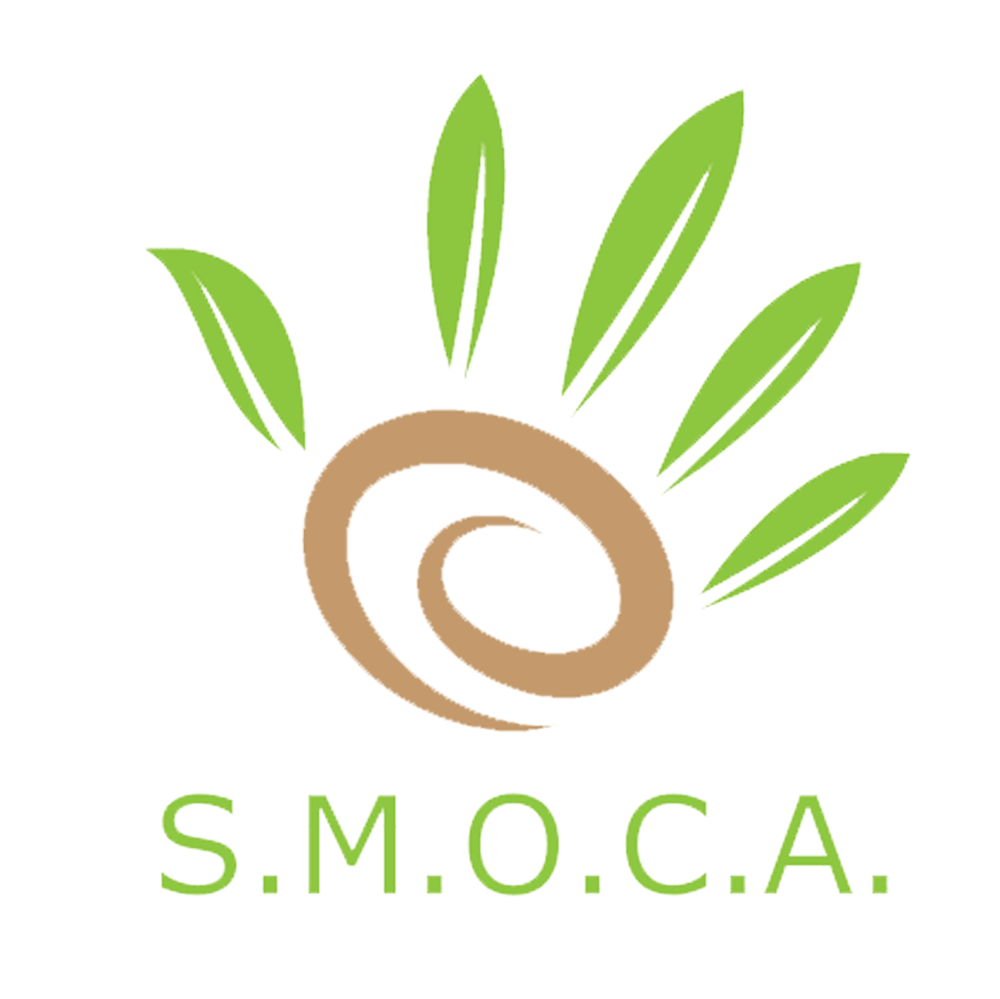Organic farming systems are widely considered among the most efficient farming systems in terms of contribution to global warming mitigation, in changing climate conditions. This is because OF is able to stock huge amount of C into the soil through the intensive use of green manures, soil amendments (e.g. farmyard manure and compost) and organic fertilizers. Conversely, the incorporation of this organic material into the soil that characterizes OF systems usually happens by inversion tillage, which is also an important tool to control weeds and to stimulate mineralization of nutrients. This intensive use of tillage may strongly reduce the sustainability of OF systems, as it contributes to huge greenhouse gas (GHG) emissions and to depletion of soil organic matter.
Conservation agriculture is an alternative way to minimize the contribution of agriculture to global warming. The FAO defines CA as a farming system specifically aimed to soil conservation in order to reduce soil erosion, improve soil structure stability and increase soil biological fertility. To achieve this goal, CA systems make use of the combination of three strategies:
- diversification of cropping systems (e.g. crop rotation, intercropping);
- reduction in tillage intensity (e.g. no tillage or reduced tillage);
- use of cover crops (e.g. living mulch, dead mulch).
The combination between OF and CA is so far considered not possible mainly because of the raise up of perennial weeds and slow down of soil organic matter mineralization rate, with consequent nitrogen and phosphorus shortage, which are often connected to reduction in tillage intensity. In conventional CA systems, these problems are usually solved by applying agrochemicals (i.e. herbicides and mineral fertilizers), whilst in OF systems these drawbacks can be overcome only by smart displacement of agroecological tactics.
Our vision is that the combination of OF and CA might be possible if two major issues are addressed simultaneously:
- the availability of specific versatile and efficient machines for non-chemical cover-crop management, weed control and sod-seeding/planting;
- the optimization of OF cropping systems in function of improved nutrient cycling and preventive weed control. Cover crops can be identified as the agroecological tools with the highest potential in terms of weed suppression and nutrient supply. The level of ecosystem services provided by cover crops can be maximized through their deep integration in cropping system (e.g. by intercropping).
